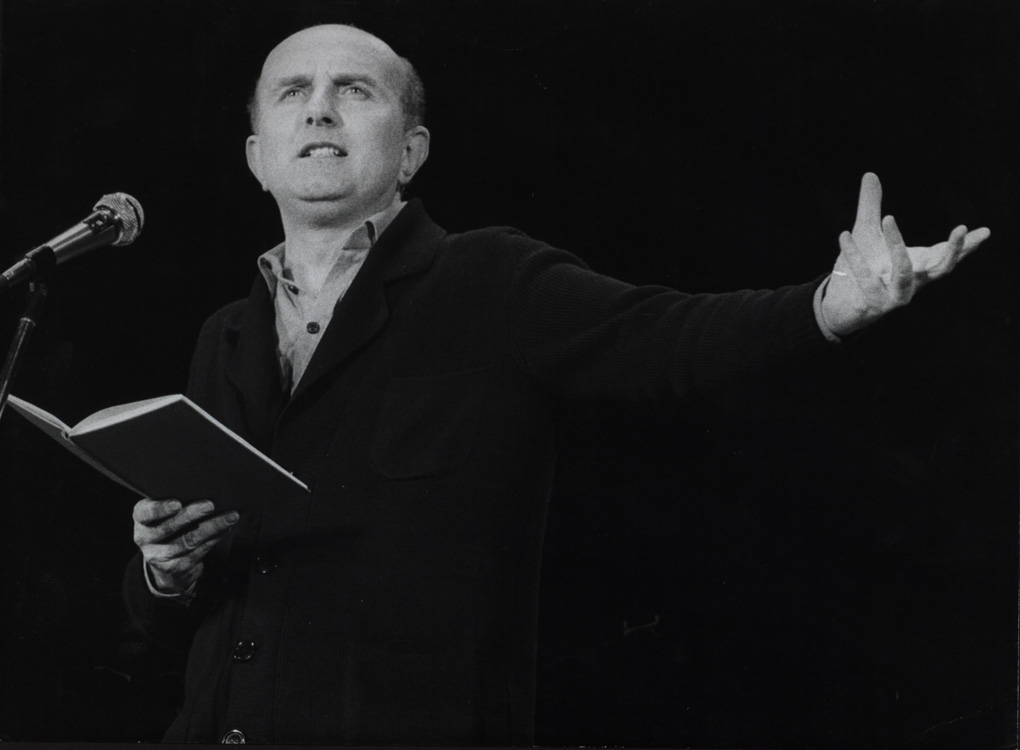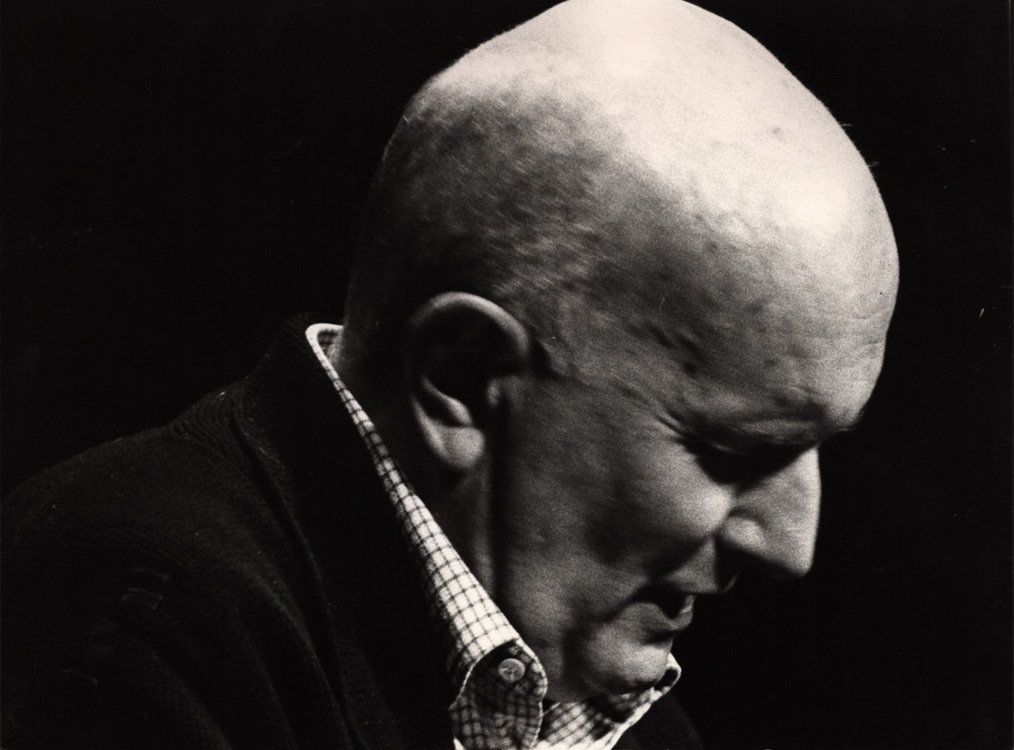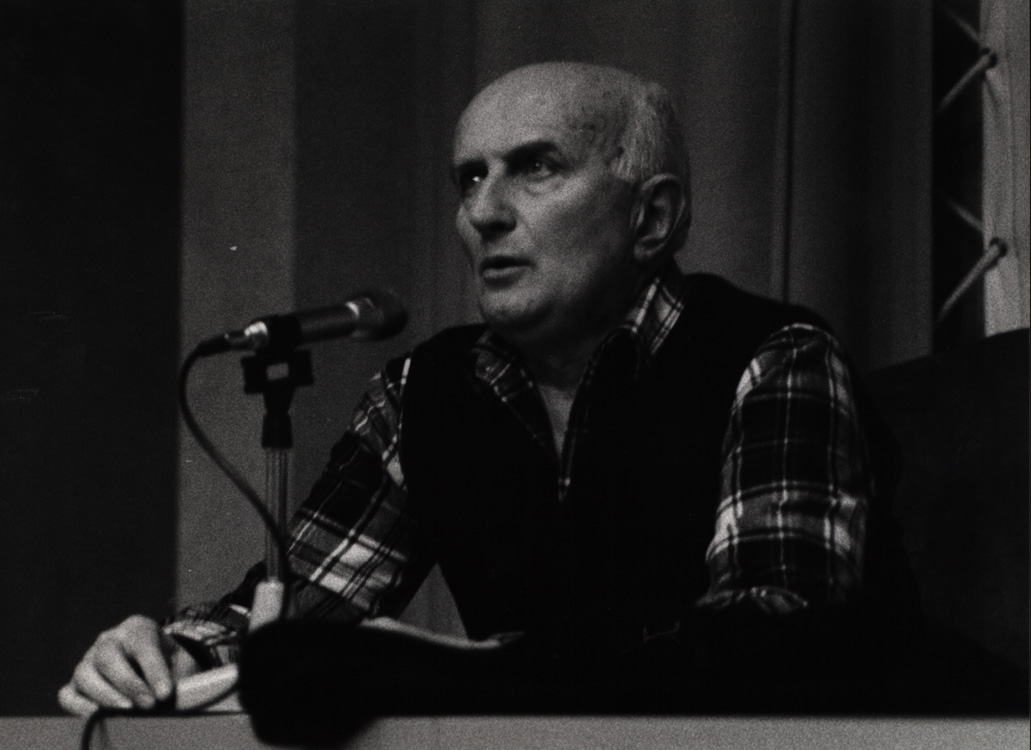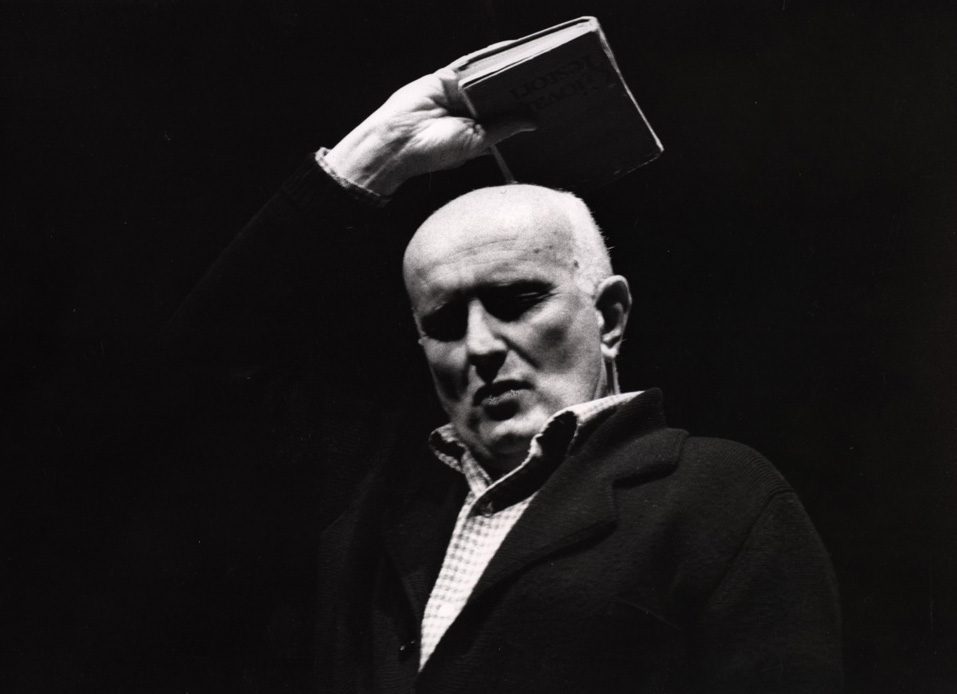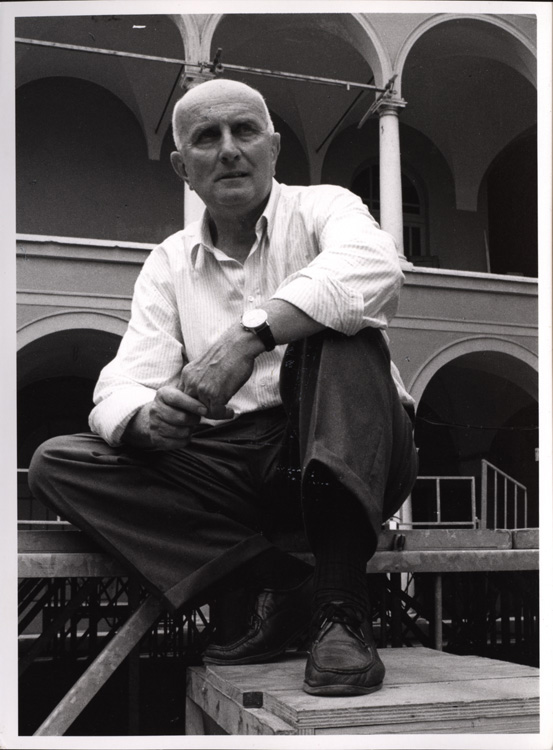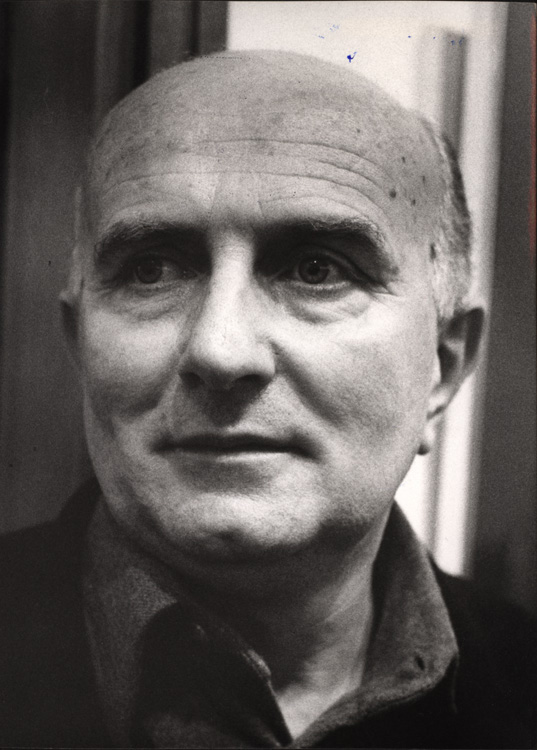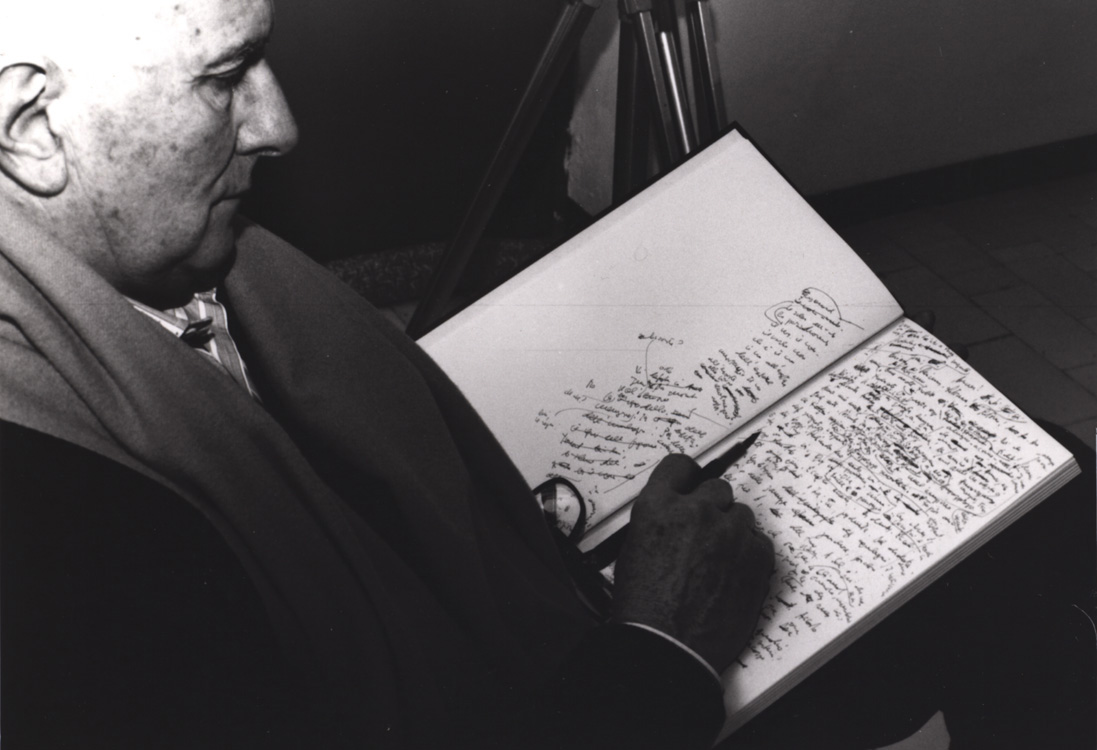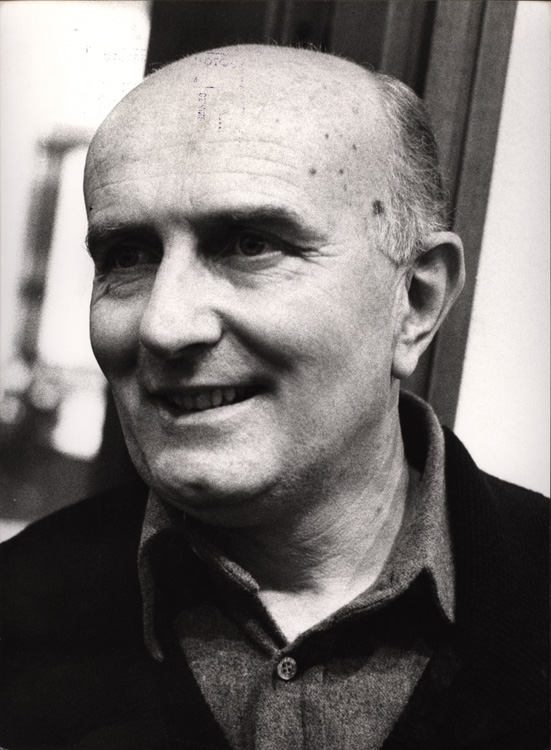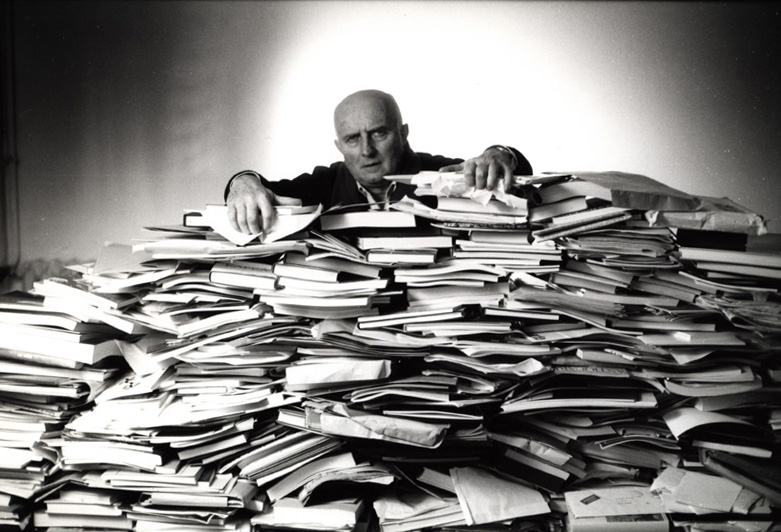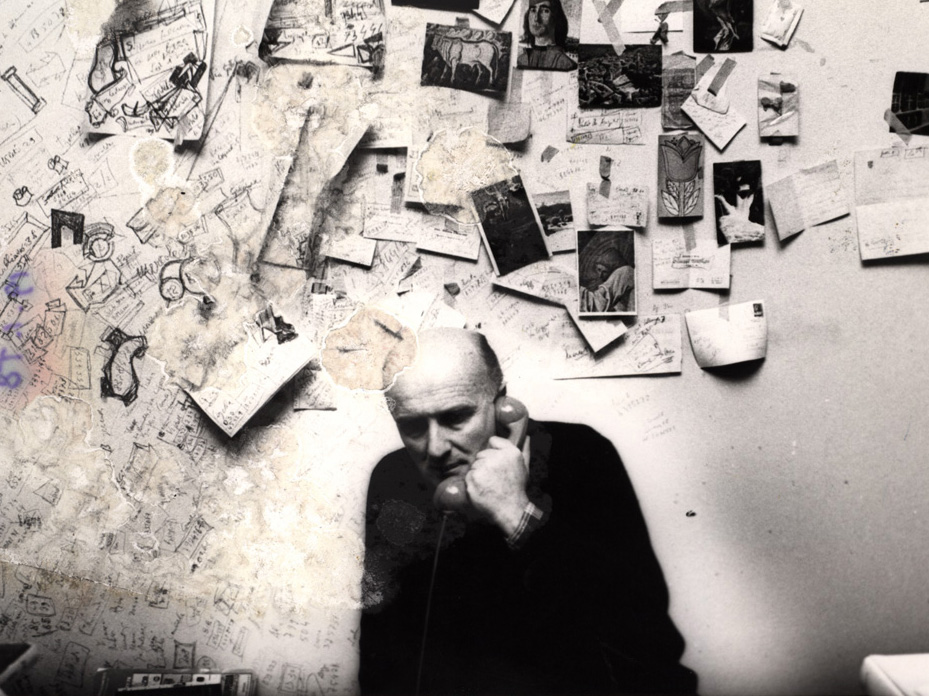GIOVANNI TESTORI
Writer, playwright, painter, art critic, poet, director, actor: it’s not easy to define in one word Giovanni Testori, one of the most important Italian intellectuals of the twentieth century.
Born in Novate Milanese on May 12 1923, already at the age of 17 years old collaborated with some magazines of the GUF with articles of art criticism.
Since 1952 he became the favorite student of Roberto Longhi and published famous writings on the art of the sixteenth-eighteenth century Lombardy-Piedmont.
In 1954 he wrote his first work of fiction: “Il Dio di Roserio” (The God of Roserio).
This work was followed by the cycle of “I Segreti di Milano” (The Secrets of Milan) and his first debut as a playwright at the Piccolo Teatro in Milan with “La Maria Brasca” in 1960.
The 1960s are marked by the partnership with Luchino Visconti and in this decade Testori reaches the notoriety of the general public.
With Franco Parenti, starting in 1972, he staged the “Trilogia degli Scarrozzanti” (Trilogy of the Scarrozzanti), creating, with Andrèe Ruth Shammah, the Pier Lombardo Show.
In 1977, the death of his mother initiated a new phase in Testori’s life, marked by the monologue “Conversazione con la morte” (Conversation with the Death) and the collaboration with the Teatro dell’Arca in Forlì.
The 1980s were marked by Franco Branciaroli and the Teatro degli Incamminati, which he founded with Emanuele Banterle. These were the years in which his activity as a militant critic was intensifying, aimed at many young talents who owed their notoriety to him.
Since the mid-1970s, Testori had taken the place of Pasolini as a commentator on the front page of the “Corriere” and in 1978 he became responsible for the art page. After three years of illness, Testori died on March 16 1993, when over 800 articles had been added to his famous dramas, novels and critical studies.

